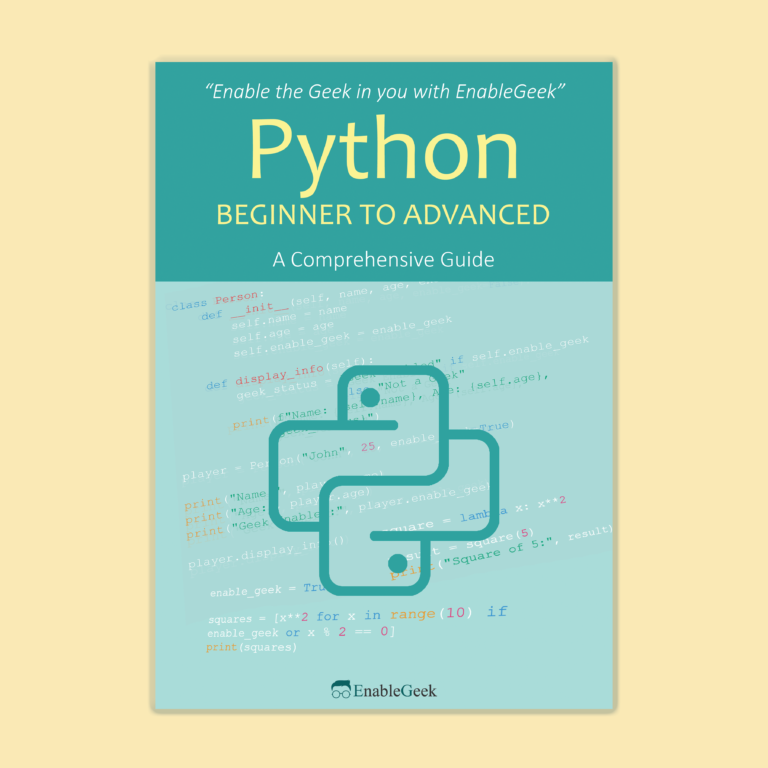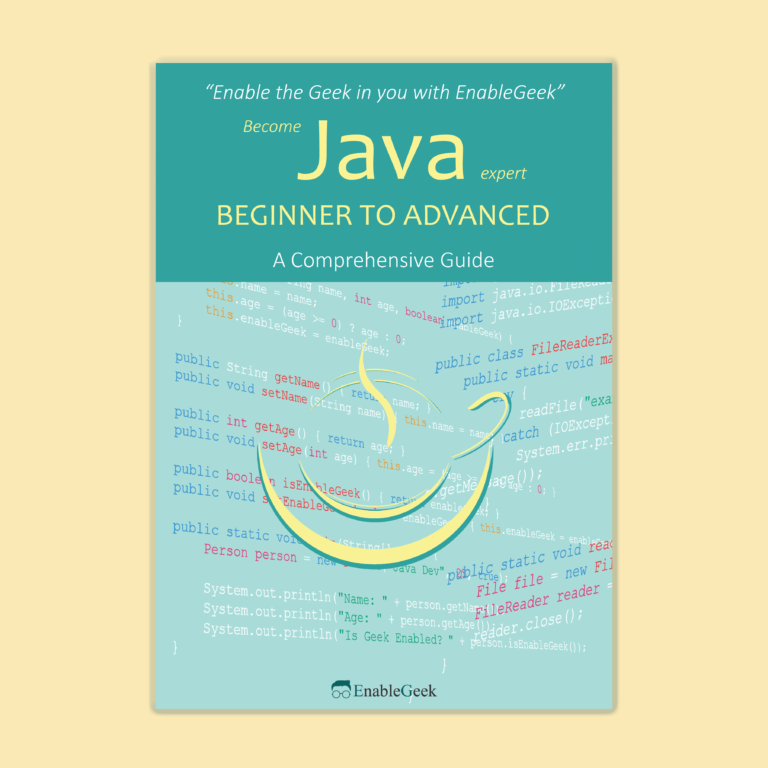Print ‘Curly Brackets’
In Python, you can include curly braces (also known as braces or brackets) in a string by escaping them using a backslash (‘\‘). Though this is old method. You can write curly bracaes normally to print braces. Here’s an example:
print("This is a string with curly braces: {}")Output:
This is a string with curly braces: {}Note that if you need to use both the left and right curly braces in the string, you’ll need to escape both of them individually. If you want to print double curly braces:
print("This is a string with both left and right curly braces: {{}}")
Output:
This is a string with both double left and right curly braces: {{}}Print ‘parentheses’ in a string
In Python, you can include parentheses (also known as round brackets) in a string by simply enclosing them within the string. Here’s an example:
print("This is a string with parentheses: ()")Output:
This is a string with parentheses: ()If you need to include a string that itself contains parentheses within the string, you can escape the parentheses using a backslash (‘\‘). You can also print double parentheses:
print("This is a string with escaped parentheses: (())")Output:
This is a string with escaped parentheses: ()Discover more Python tips and elevate your coding skills with our comprehensive guide, “Python Beginner to Advanced.” Whether you’re a beginner or an experienced developer, this book covers everything from basic concepts to advanced techniques. And if you’re interested in expanding your programming collection, don’t miss out on our “Java Beginner to Advanced” guide as well!
Print ‘box brackets’ in string
In Python, you can include box brackets (also known as square brackets) in a string by simply enclosing them within the string. Here’s an example:
print("This is a string with box brackets: []")Output:
This is a string with box brackets: []If you need to include a string that itself contains box brackets within the string, you can escape the brackets using a backslash (\). Though this is an old method. You can print double box brackets.
print("This is a string with escaped box brackets: [[]]")Output:
This is a string with escaped box brackets: [[]]


